Explore 10 must-know facts about Cleveland National Forest
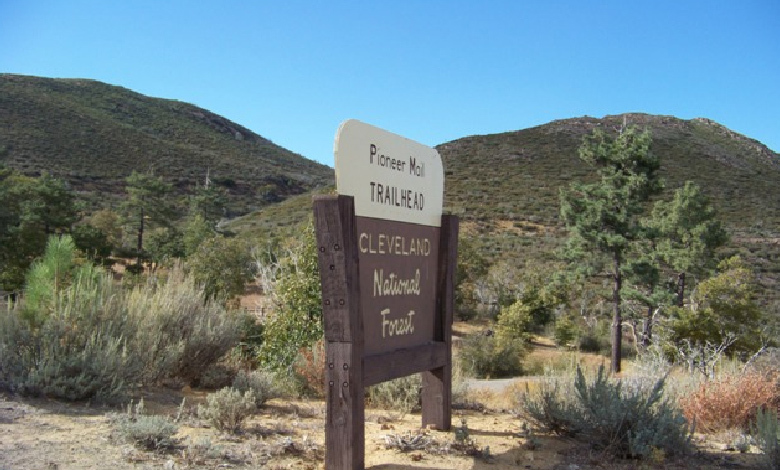
Cleveland National Forest is a haven of biodiversity and natural beauty tucked away in the charming Southern Californian countryside. Covering more than 460,000 acres, this vast forest provides a multitude of recreational activities and is an essential home for a wide variety of flora and wildlife.
Let’s explore Cleveland National Forest’s rich history, distinctive qualities, and ecological significance by delving into these 10 essential facts.
1. Rich History
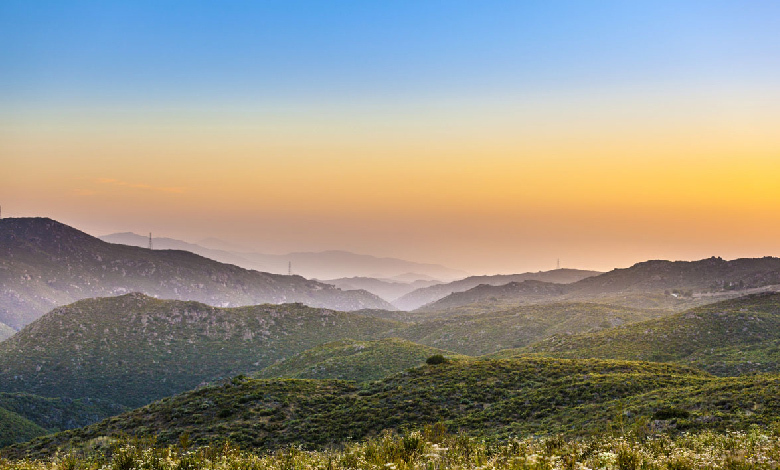
Established in 1908, Cleveland National Forest is named after President Grover Cleveland, who designated the forest’s boundaries. It was one of the first national forests created under the U.S. Forest Service, aimed at conserving and managing the region’s natural resources.
2. Geographic Location
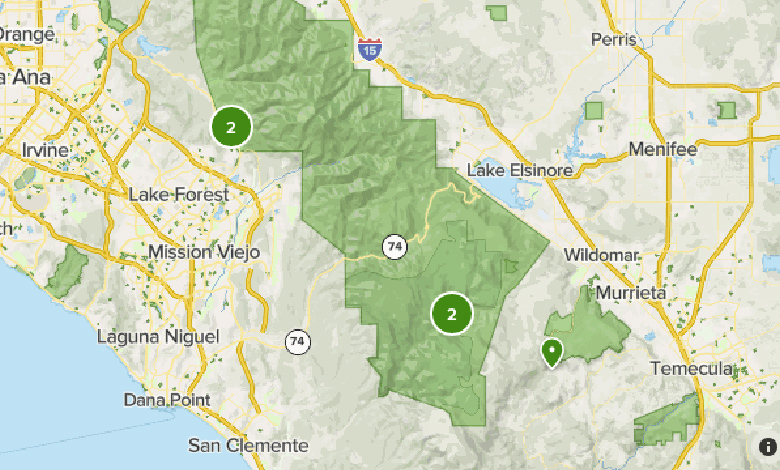
Cleveland National Forest is located in Southern California, encompassing parts of San Diego, Riverside, and Orange Counties. Its diverse terrain includes rugged mountains, expansive valleys, and lush woodlands, providing a haven for outdoor enthusiasts and nature lovers.
3. Ecological Diversity
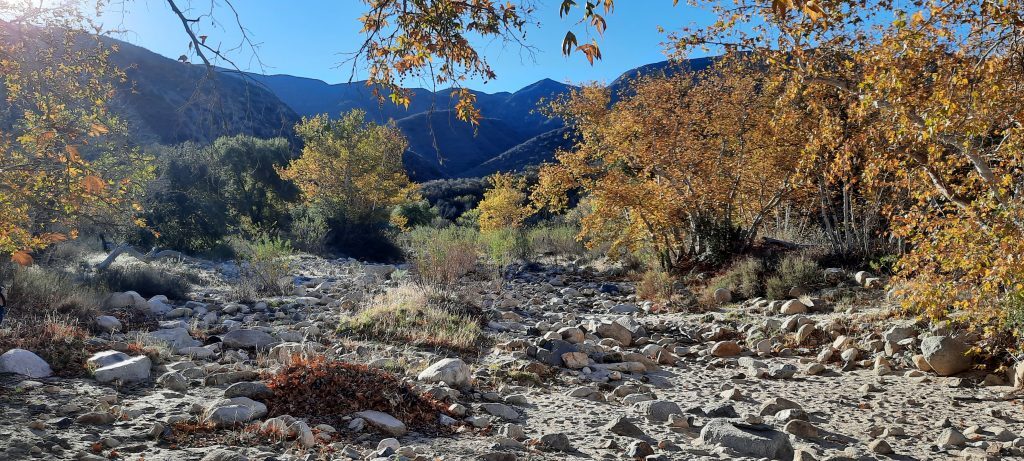
The forest boasts an impressive diversity of ecosystems, ranging from chaparral and oak woodlands to pine forests and riparian habitats. This rich tapestry of landscapes supports a wide variety of plant and animal species, including endangered species such as the California condor and southern steelhead trout.
4. Recreational Opportunities
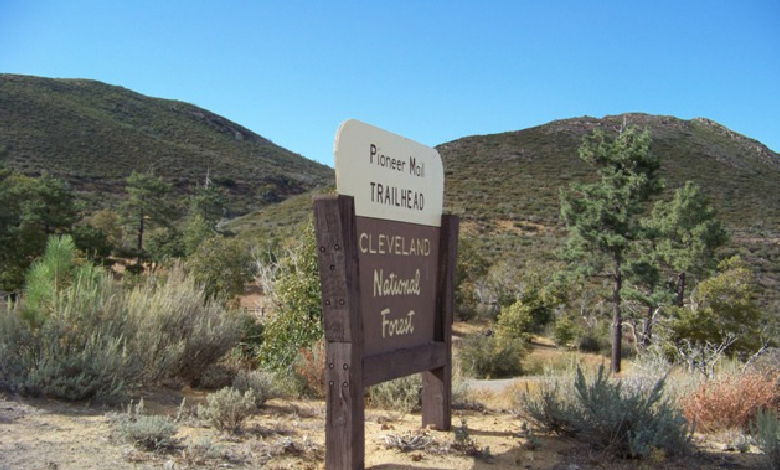
Cleveland National Forest offers abundant recreational activities for visitors of all ages. Popular activities include hiking, camping, mountain biking, horseback riding, fishing, and wildlife viewing. The forest’s extensive network of trails provides opportunities for outdoor exploration and adventure.
5. Three Ranger Districts
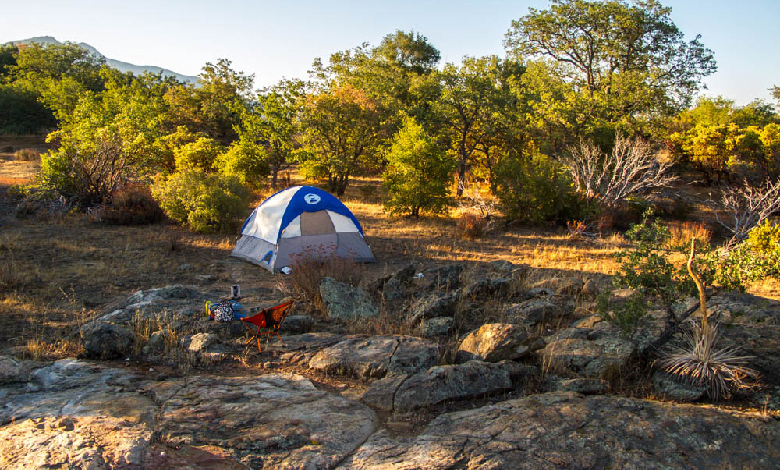
The forest is divided into three ranger districts: Descanso, Palomar, and Trabuco. Each district offers unique recreational experiences and features distinctive natural attractions, such as scenic overlooks, waterfalls, and historical sites.
6. Pacific Crest Trail

A portion of the iconic Pacific Crest Trail passes through Cleveland National Forest, offering hikers the chance to embark on an epic journey along this world-renowned long-distance trail. The trail traverses the forest’s rugged terrain, providing stunning vistas and unparalleled wilderness experiences.
7. Fire Management
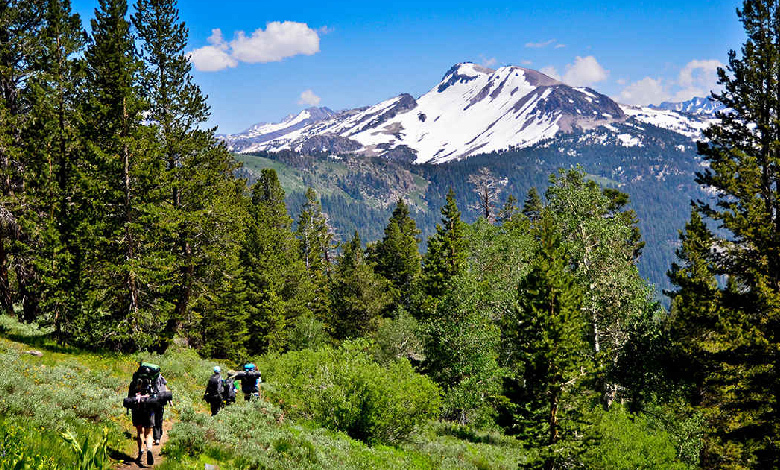
Cleveland National Forest is subject to periodic wildfires, which play a natural role in shaping the forest’s ecosystem. The U.S. Forest Service employs various fire management strategies, including prescribed burns and fire suppression efforts, to maintain forest health and reduce wildfire risk.
8. Watershed Protection

The forest plays a crucial role in protecting Southern California’s watersheds, serving as the primary source of clean water for millions of residents. Its pristine streams and rivers supply water for drinking, agriculture, and recreational activities, highlighting the forest’s importance for regional water resources.
9. Wildlife Habitat
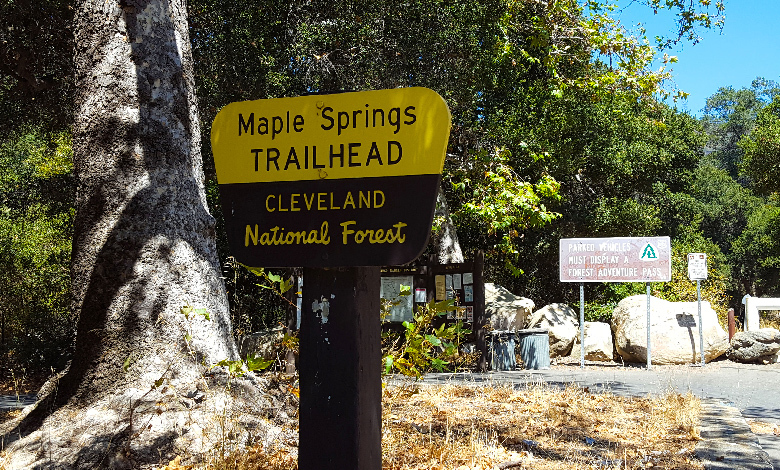
Cleveland National Forest provides essential habitat for a diverse array of wildlife species, including mule deer, mountain lions, bobcats, and numerous bird species. The forest’s protected status helps safeguard critical habitat and promotes wildlife conservation efforts.
10. Conservation Challenges
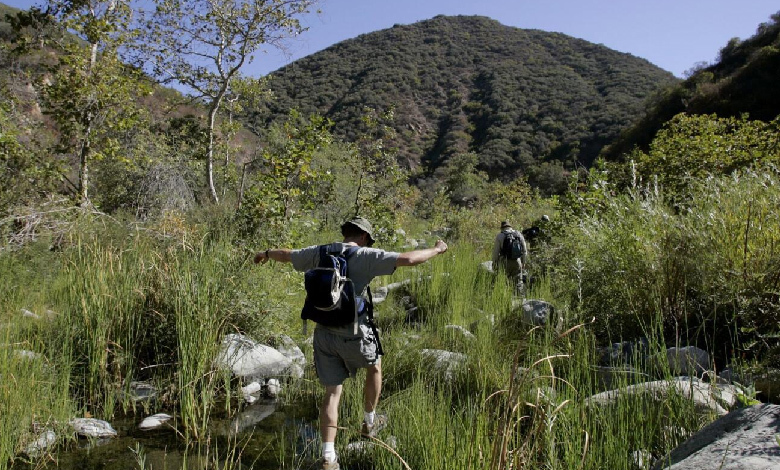
Despite its protected status, Cleveland National Forest faces various conservation challenges, including habitat fragmentation, invasive species, climate change, and wildfire threats. Collaborative conservation efforts and sustainable land management practices are essential for ensuring the long-term health and resilience of the forest ecosystem.
Cleveland National Forest is a beloved natural gem that provides Southern California with a sanctuary of unmatched beauty and wildlife. We may better appreciate the forest’s rich history, ecological value, and the numerous recreational options it offers future generations by learning these ten essential facts.



